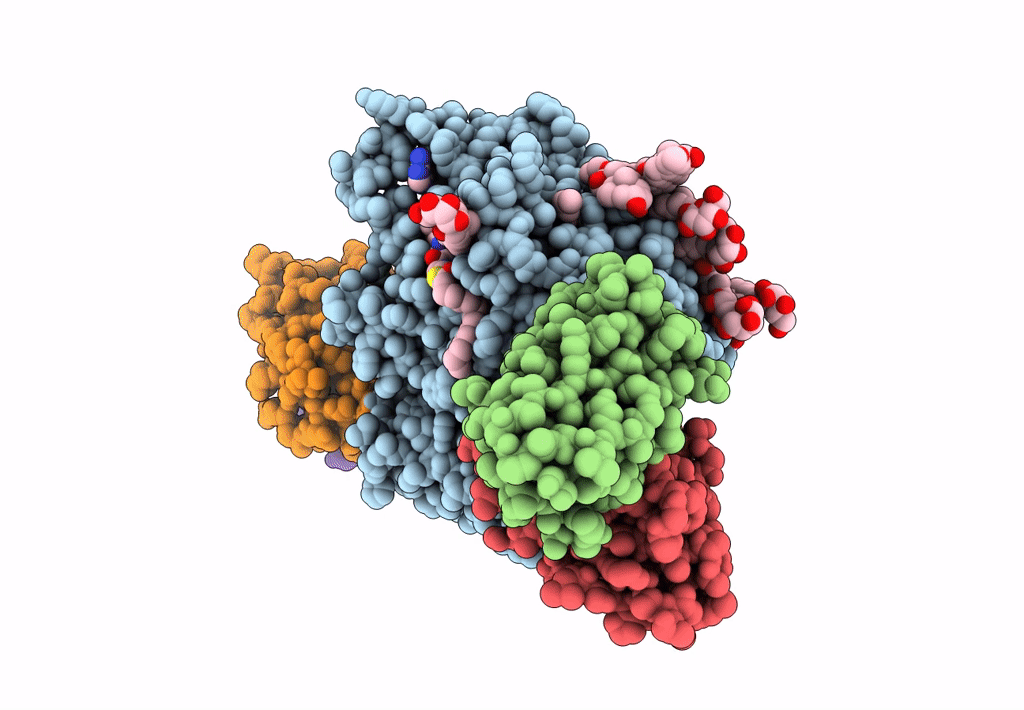
Deposition Date
2021-04-16
Release Date
2021-06-16
Last Version Date
2024-11-20
Entry Detail
PDB ID:
7MHY
Keywords:
Title:
Human Hedgehog acyltransferase (HHAT) in complex with palmitoyl-CoA and two Fab antibody fragments
Biological Source:
Source Organism:
Homo sapiens (Taxon ID: 9606)
Mus musculus (Taxon ID: 10090)
Mus musculus (Taxon ID: 10090)
Host Organism:
Method Details:
Experimental Method:
Resolution:
2.70 Å
Aggregation State:
PARTICLE
Reconstruction Method:
SINGLE PARTICLE


